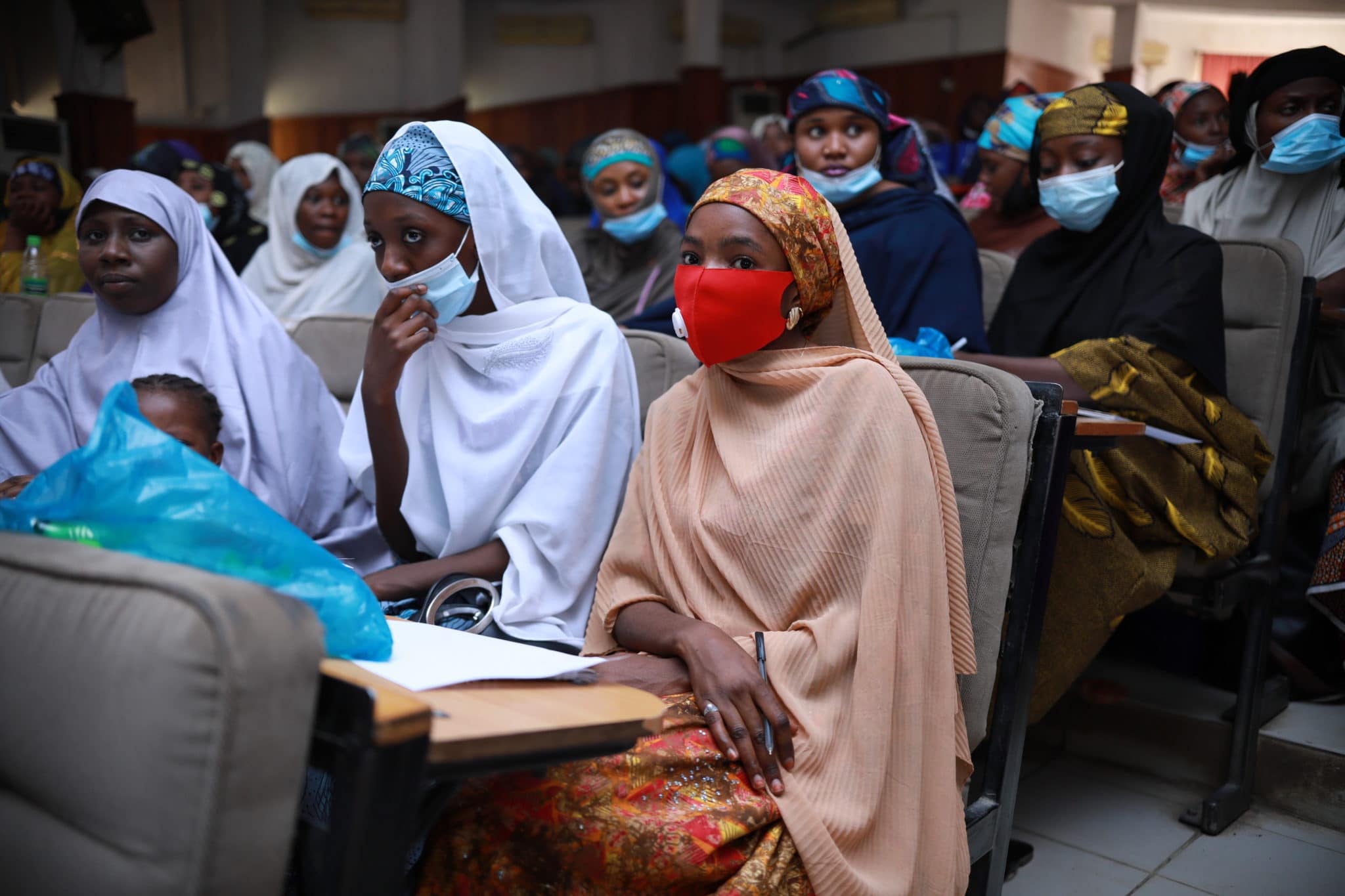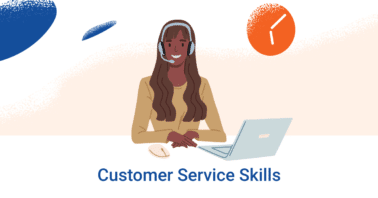In the first two months of 2021, we were visited with interesting news as the United States elected its first female Vice President while the World Trade Organisation (WTO) also appointed its first female Director-General. These two events are perhaps an indication of the progress made after years of advocacy for inclusion and diversity. While it is important to celebrate these wins, we are not out of the woods yet as women are still under-represented in the labour market.
In today’s world women still find it harder to get jobs and access economic opportunities, as men are more likely to access wage employment, relegating women to the informal sector. According to the ILO, women’s participation rate in the global labour force is about 49% with men having 75%. At the same time, the Nigerian Bureau of Statistics in its Q4’ 2020 report suggests that 59.4% of women are more likely to be unemployed or underemployed than men (53.6%). What this means is that 3 in 5 women in Nigeria are either unemployed or underemployed.
Since the last two decades, a plethora of interventions supporting women have made significant strides in school enrolment for girls, increasing participation of women in the workplace. Nevertheless, structural conditions still prevent many women from accessing technology as well as digital and soft skills important to transition into the world of work.
The deprivations and constraints that underpin women’s limited participation within the labour market are well established within the literature. Much of the barriers have been associated with issues relating to access to education and training, sexual and reproductive health, teenage pregnancy, domestic responsibility, marriage and sexual harassment. Critical studies have also linked these barriers to deeply rooted issues of poverty, patriarchy, culture, religion and policy at organizational and state levels more broadly.
The implication of this is visible on our streets today as women have become the face of informal and vulnerable employment. This cycle of poverty and deprivation (whether social, economic or political) has continued to fan the flames of unequal access to education. In a society where the opening for formal employment is largely shaped by one’s level of education, uneducated women can only rely on the informal sector where work is volatile and precarious – having implications for women’s access to technology, health care and an economic future.
Regardless, many women are demonstrating resilience in the face of structural challenges. Emerging evidence suggests that entrepreneurship amongst women is prospering as they account for about 41% ownership of micro-businesses in Nigeria. The country also boasts of about 23 million female entrepreneurs. Although they are mostly branded as necessity entrepreneurs, this form of resilience is often taken for granted within policy and development framing around women-focused interventions. Consequently, the much-needed support in terms of access to finance and credit remains distant.
This raises fundamental questions about how we understand gender barriers in the labour market today and what this means for women’s social, economic and political futures. Beyond the realms of development thinking and its unfolding, these barriers not only have real meaning for women’s livelihoods and work aspirations but also for the efficiency and productivity of the labour market. There is emerging evidence to suggest that improving education for girls and increasing women’s participation in the labour market is good economics – as it has positive implications for economic growth, economic diversification and closing the income gap. The estimates suggest that increasing women’s participation in the labour market can potentially increase GDP in Africa ranging from 1% in Senegal to 50% in Niger.
What then must be done to remove the barriers that limit women from playing a more dominant role in the labour market? Initiatives such as improving women’s access to education and continuous learning, access to finance and microcredit, access to healthcare as well as safe and affordable transportation are already yielding useful outcomes, but these need to scale. An integrated approach involving government, development partners and industry itself innovating around policy will be useful. The urgency required is emphasised in the World Bank Global Gender Gap Index 2020. The index indicates that Nigeria ranked 128th out of 153 countries globally and 27th amongst 53 African countries. This suggests that closing the gender gap in Nigeria may require about 100 years which fundamentally questions Nigeria’s ability to realise the aspirations of the 2030 Sustainable Development Goals (SDGs).
In addition, the disruptions that have become a corollary of the pandemic has made it more important to take a critical look at what gender barriers mean within a COVID and post-COVID world. Essentially, the pandemic may have expanded what it means to be employable. Hence, interrogating what this means for women and its intersection within an increasingly digital workspace will be necessary if policy and programming around women’s participation will be relevant today. Therefore, understanding how globalization and technology is interacting with women’s lived experiences and what this means for how women are socialized into the labour market requires much deeper examination – particularly in Nigeria where unemployment and underemployment is more pronounced.
Based on this, Jobberman Nigeria as part of its thought leadership effort is launching a study themed ‘Gender Barriers in Nigeria’s Labour Market’. This study is part of the Young Africa Works project that seeks to train 5 million young people and enable 3 million (70% focus on women) to secure dignified and fulfilling work over the next five years -2025. A key part of the project is to advance evidence for policymaking to support women’s transition into the world of work. The study seeks to push the boundaries of how we understand the labour market dynamics as it relates to women’s participation specific to locations (Lagos, Kano and Kaduna) that allow for a comparison between urban and semi-rural realities; and with a focus on 3 key sectors – Agriculture, Creative and Digital sectors.
___________
Article By Olufemi Balogun, Monitoring and Evaluation Specialist and Adenike Agbakosi, Consulting Lead
Gender Barriers in Nigeria’s Labour Market is set to be published in July 2021





